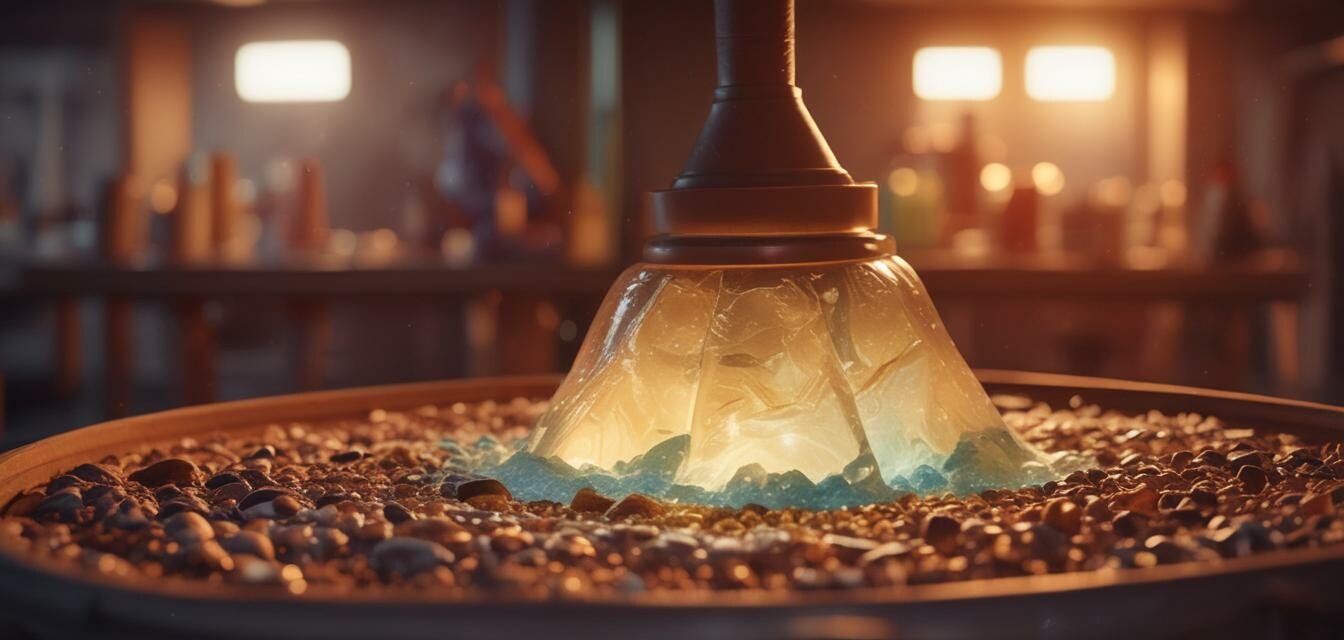
Troubleshooting common kiln issues
Key Takeaways
- Identifying and understanding common kiln issues can lead to better glass fusing and casting results.
- Regular maintenance is critical for optimal kiln performance.
- Many issues can be solved with simple adjustments or repairs.
- Understanding your kiln's operating system is essential for troubleshooting effectively.
If you're a glass artist, having a kiln is essential for your craft. However, like any tool, kilns can experience issues that may hinder your artistry. In this article, we'll cover some common kiln problems and how to troubleshoot them for smoother operation and successful glass fusing and casting outcomes.
Common kiln issues and their solutions
| Issue | Description | Possible Solutions |
|---|---|---|
| Inconsistent temperatures | The kiln doesn't maintain a stable temperature during firing. |
|
| Overheating | The kiln temperature exceeds the recommended levels. |
|
| Uneven heating | Some areas of the kiln are significantly hotter than others. |
|
| Firing schedule errors | The kiln has not followed the programmed firing schedule. |
|
| Bad smell or fumes | Unpleasant odors or harmful fumes are emitted during firing. |
|
Maintenance tips for glass kilns
To minimize issues with your kiln, regular maintenance is vital. Here are some important maintenance tips:
- Clean regularly: Dust and debris can interfere with kiln operation.
- Inspect elements: Check heating elements for signs of wear and tear periodically.
- Check venting: Ensure that the kiln is properly ventilated before each use.
- Calibration: Regularly calibrate your kiln to maintain accurate temperature readings.
- Record usage: Keep a log of firing schedules and results for future reference.
Understanding Your Kiln
Understanding how your kiln works can help you identify issues more quickly. Here are some basic components you should be familiar with:
- Thermocouple: Measures the temperature of the kiln.
- PID Controller: Maintains the temperature and adjusts as necessary.
- Heating Elements: Responsible for heating the kiln interior.
- Insulation: Keeps the heat inside the kiln for efficiency.
Conclusion
By being proactive and understanding the common issues that can arise with your glass kiln, you can ensure a smoother glass making process. Always remember to perform regular maintenance and be attentive to the signs your kiln may be showing. For more information on selecting the right kiln or further troubleshooting tips, explore our Glass Kilns blog category or check out our other resources on glass kilns and fusing supplies.
Beginner tips for kiln use
- Start with simple projects to get familiar with your kiln.
- Always follow safety precautions when operating your kiln.
- Ask for advice from more experienced artists in the community.
- Don’t rush the learning process; take your time to understand how your kiln works.
- Document your experiences to help others in the future.
Pros
- High-quality kilns produce excellent glass art.
- Routine maintenance can extend the lifespan of your kiln.
- Knowledge of troubleshooting can save time and costs.
- A well-maintained kiln provides consistent results.
Cons
- Kilns can be expensive to purchase and maintain.
- Learning to troubleshoot may take time for beginners.
- Improper use can lead to damages or repairs.
- Requires electric power, which may not be available in all locations.

